Despite knowing better, I rarely check the tire pressure in my vehicles. I rely on the TPMS (tire pressure monitoring system) in my newer car to let me know when I’m below a certain level, but in the case of my 2005 vehicle and motorcycles, I don’t worry about it until they go flat. Probably not a good idea, so the GoSafe TPMS (Tire pressure monitoring system) from Papago forces me to do proper maintenance on my vehicles.
It is said that keeping your tires inflated to the recommended pressure can improve gas mileage and will add to their longevity.
Specifications:
Transmitter Sensors
- Weight 9.0g ± 0.2g
- Battery 3.0 V
- Pressure Range 0~ 65 ± 1PSI
- Frequency 433.92MHz
- Humidity Load 100%
- Temperature Load -10°C ~75°C ± 1°C
- Operational Lifespan for the Battery Approximately 1 year
Receiver
- Power Load USB 5V
- Voltage Load 30mA
- Temperature Load -10 °C~ 75°C
- TPMS Receiving Frequency 433.92 MHz
- Bluetooth Frequency 3.0 SPP
The package contains: four transmitters, a receiver, a 12V car power adapter, four batteries for the transmitters and a wrench and lock nuts. The last two items can be used to secure the transmitters to the valve stems to make them more difficult to steal, but that also makes them more difficult to remove if you need to add air to the tire. The manual points this out and suggests that you might forego using them. This is the route I took.
A transmitter with the cap removed. The button battery slips under the metal bracket.
A transmitter showing the end that screws on to the tire valve.
The GoSafe works with a free smart phone/tablet app using Bluetooth and is available for iOS or Android. I chose to begin by using the Android version on my Moto G smart phone, but after about an hour of attempting to connect with the transmitters to no avail, I gave up. Sometimes I could get one sensor to register, but then it would lose connection. I can’t say what the problem was, but I have experienced issues with Bluetooth apps and Android in the past. It may work with a different Android device, but I don’t have anymore to use for a test. However, using my iPad mini, I was able to set up the system.
Firstly you’ll want to download the app. You’ll notice from the home screen that the GoSafe works with vehicles having up to four tires.
Next plug the receiver, using the 12V adapter, into a live power point in the vehicle.
The next step is simple, but you’ll want to follow the instructions exactly. Put the app in learning mode. Now, take one of the transmitters and without installing the battery, screw it on to a valve stem, making sure it’s tight. The transmitters are for a specific tire and the order of installation is noted in the installation instructions. At this point you can install the battery and screw the cover back on the transmitter. If everything goes right, the device will pop up in the app and you will assign it to a tire on the display. Do this for all 4 transmitters and you’re finished with the hardware.
Here’s a transmitter installed on one of the tires of my car.
On the setup screen of the app, one can adjust several parameters. This is where the threshold levels can be set for alarm notification if tire pressure is not within a normal range.
It didn’t take very long to get everything going after I gave up on the Android app. The whole process took less that 30 minutes. Although not shown here, when I initially fired up the GoSafe, it showed that my tire pressures were below 29 PSI. I didn’t believe it, so I pulled out my trusted pressure gauge and sure enough I was at 29 or less for all the tires. So much for depending upon the garage to check the pressure, especially since 2 days before I had all the tires rotated. Needless to say, I made a run to a local gas station and loaded the tires up to the factory recommended 35 PSI.
This screen grab shows the display of the prior photo. As you can see, the system not only shows tire pressure, but also monitors the temperature and voltage of the transmitter batteries.
After installing the TPMS, I took a 400 mile round trip to a friend in another state. I was curious if the transmitters would come loose, so to cover most possible road conditions, I took part of the trip on an Interstate at 65 mph, on potholed secondary roads and even on a rutted dirt road and experienced no issues. On one day of the trip, it rained heavily and we had to drive through some deep puddles and again there were no failures.
When I first began using the TPMS, I kept the app active and displayed, all the time. This is like watching grass grow and isn’t necessary. As long as the smart phone/tablet and Bluetooth are on, the application will issue notifications visually and by sound if the pressure exceeds a threshold. What I do now, is access the app when using the car the first time of the day. I just like to see if I have any leaks. So far things look good.
Is the GoSafe Tire Pressure Monitoring system a must have? Well, to be honest for $25 I have bought a very accurate manual tire pressure gauge, though it does mean I have to get down and dirty to remove the valve stem cover and check each tire individually. And then, I don’t have any indication if a tire begins losing air while I’m driving down the road. On the other hand, if you’re like me and don’t check your pressure often, it may pay for itself in increased mileage and better tire wear. It is a robust device and appears to be very accurate, so I’ll leave the call up to you.
Updates 03/08/16
This worked great until I tried to remove the sensors from the valve stems. They seized and I had to have the stems on the right side of the vehicle replaced which destroyed the sensors.
For more information about the Papago GoSafe Tire Pressure Monitoring System visit Papago http://us.papagoinc.com/.
Samsung Galaxy Tab A9+ Tablet 11” 64GB Android Tablet, Big Screen, Quad Speakers, Upgraded Chipset, Multi Window Display, Slim, Light, Durable Design, US Version, 2024, Graphite
32% OffSamsung Galaxy A01 16GB BLACK VERIZON (Renewed)
$39.99 (as of December 4, 2025 18:23 GMT -05:00 - More infoProduct prices and availability are accurate as of the date/time indicated and are subject to change. Any price and availability information displayed on [relevant Amazon Site(s), as applicable] at the time of purchase will apply to the purchase of this product.)Product Information
| Price: | $249.00 |
| Manufacturer: | Papago |
| Requirements: |
|
| Pros: |
|
| Cons: |
|

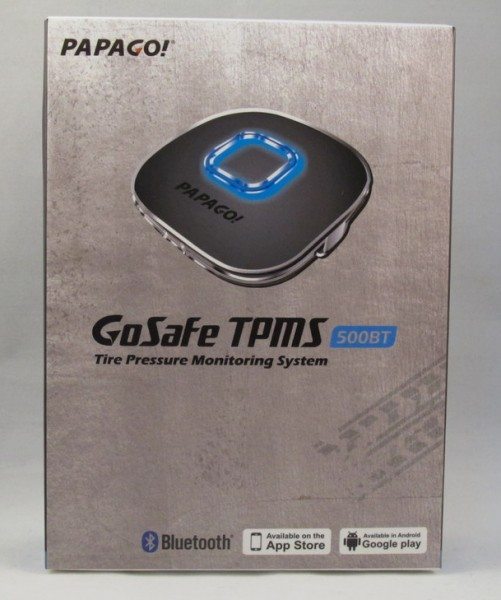
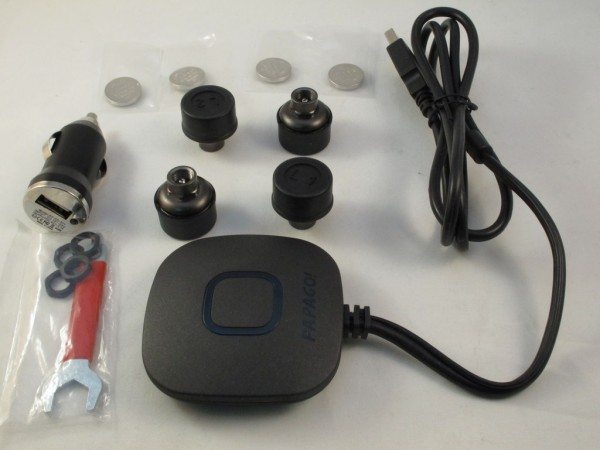
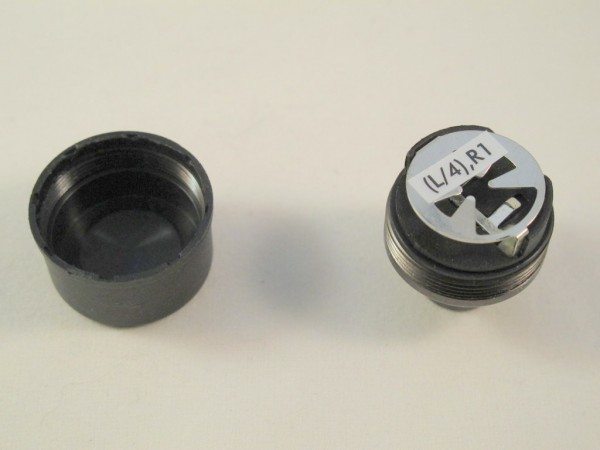
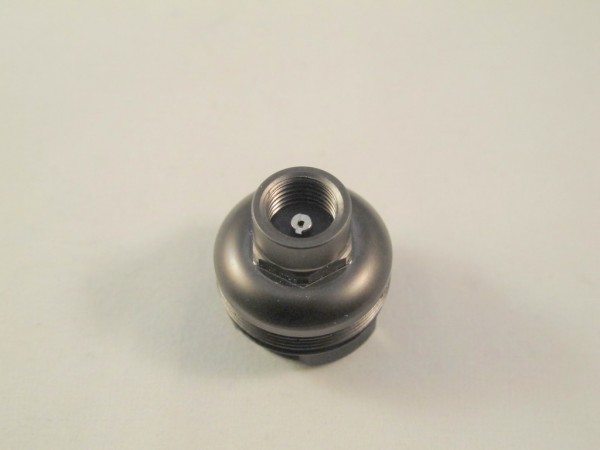

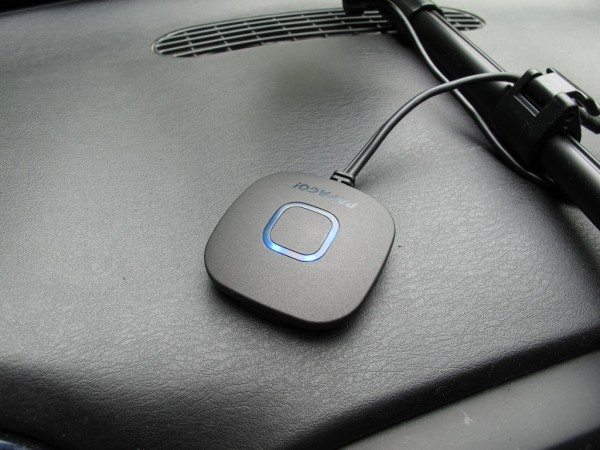

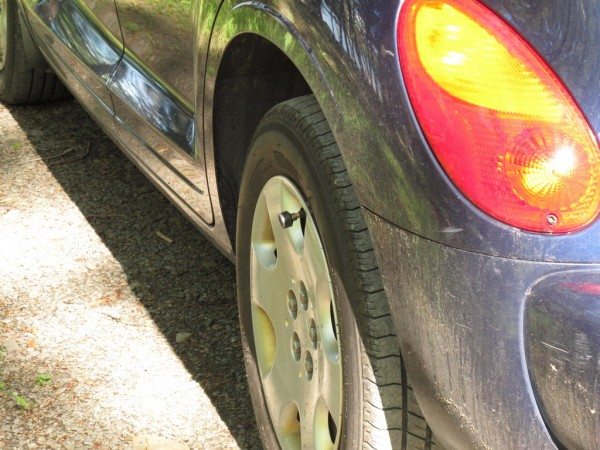
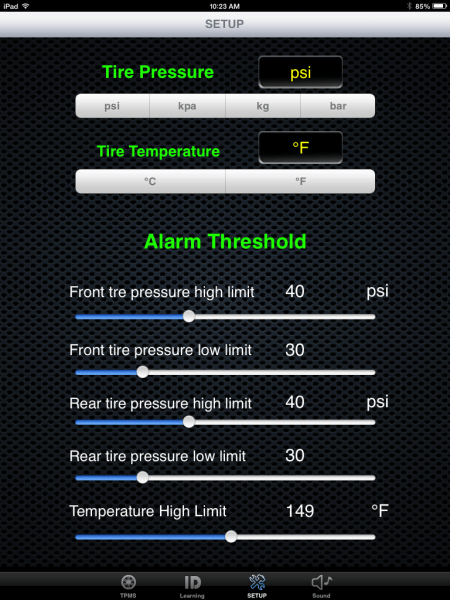
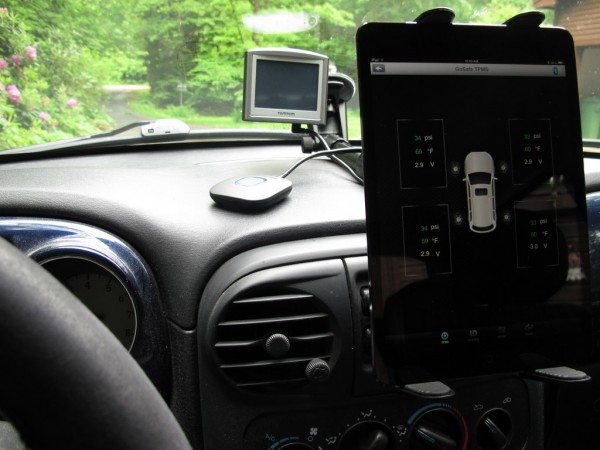
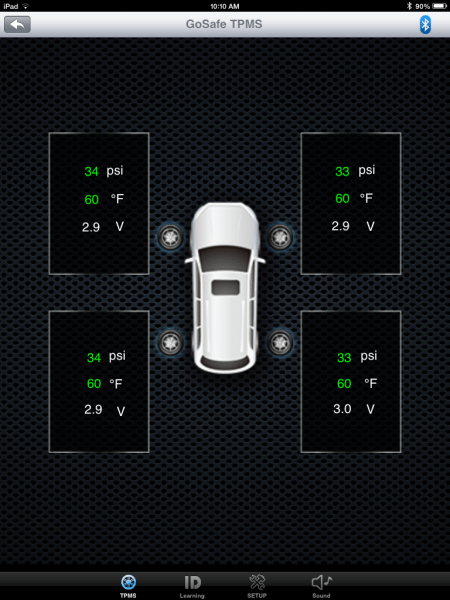


Gadgeteer Comment Policy - Please read before commenting
Do they make a cheaper unit for just Motorcycles? That’s a high price for two wheels.. As you mentioned, most new cars now come with this built in. I would consider it for my bike as checking the air pressure is a pain.
Gary,
To the best of my knowledge, no.
UPDATE to my review after 1 year of use….
Today I had to have 2 valve stems replaced on the right side of my car, because I couldn’t get the TPMS transmitters off. They had fused to the valve stems and no amount of wrenching would get them off. I hadn’t added air to my tires in that time, so I don’t know at what point they became fused.
The mechanic who replaced the valves stems surmised that the reason only the right side got stuck is because the clockwise rotation of the wheels had continually tightened the transmitter on the stem. Unfortunately, I destroyed the transmitters, attempting to get them off and it cost me $32 to replace the valve stems.
Be advised that should you purchase the Papago GoSafe TPMS Tire Pressure Monitoring System, you may want to use some anti seize compound on the threads or at least remove the transmitters once a month.